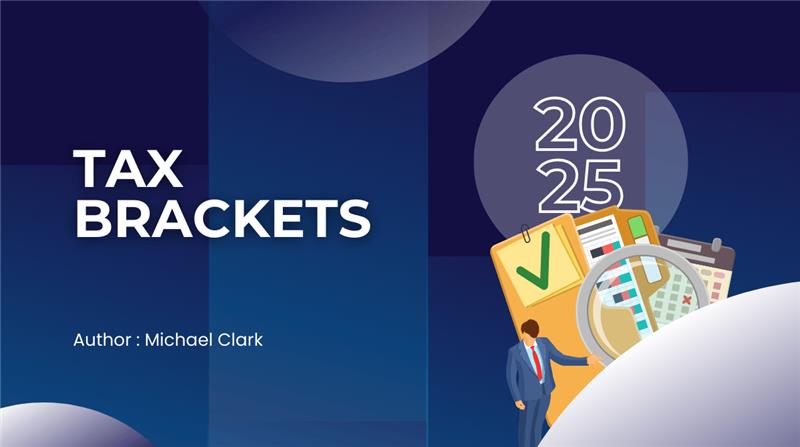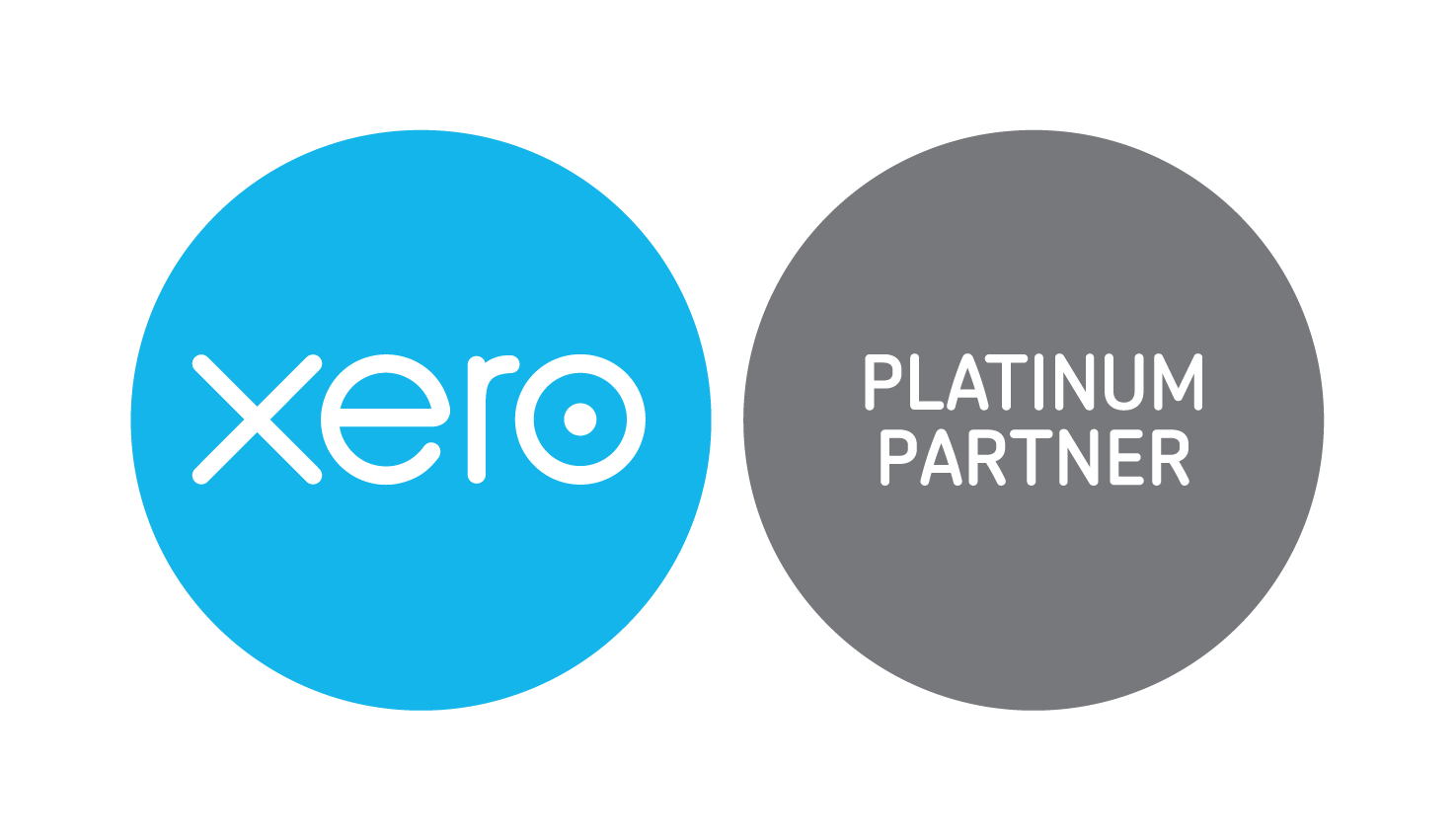
Tax Brackets 2025 and Standard Deduction: A Step-by-Step Guide
Let’s be honest tax talk can feel like it’s written in another language sometimes. But don’t worry, you don’t need to be an accountant or a financial expert to understand the 2025 tax brackets. In 2025, federal income tax rates will range from 10% to 37%, depending on how much you earn and your filing status. For example, if you're a single filer earning up to $11,325, you'll pay just 10%, but if your income is over $609,350, you'll fall into the 37% bracket. Let’s break down what that actually means for you whether you're an employee, a freelancer, a small business owner, or just trying to make sense of your paycheck. By the end, you’ll not only know what bracket you’re in, but how to use that info to plan smarter and maybe even save a few bucks.
What Are Tax Brackets?
Think of tax brackets like a ladder. Every step you climb or every chunk of income you earn is taxed at a different rate. The good news? You’re only taxed at a higher rate for the money you make above a certain amount, not all of it.
For example, if you move into a higher bracket, it doesn’t mean all your income gets taxed more. Just the portion that falls into that higher bracket gets the higher rate. This is called a progressive tax system, and it’s designed so people who earn more, pay more but fairly.
How Are Tax Brackets Determined Each Year?
The IRS doesn’t just pull numbers out of thin air. Every year, they adjust tax brackets based on inflation data. This helps make sure you’re not unfairly pushed into a higher bracket just because groceries or gas got more expensive. For 2025, the brackets shifted slightly upwards to reflect higher living costs which is good news because it protects more of your income from being taxed at higher rates.
What's New in the Tax Brackets 2025?
Every year, the IRS adjusts tax brackets a little to keep up with inflation basically, how much the cost of living rises. For 2025, there are slight increases in the income ranges for each bracket compared to 2024. This is meant to prevent something called "bracket creep," where you’d owe more taxes just because of inflation rather than actually earning more in real value.
Here’s what the 2025 tax brackets look like for most people:
Tax Brackets 2025 for Single Filers
|
Tax Rate |
Taxable Income |
|
10% |
Up to $11,325 |
|
12% |
$11,326 – $45,200 |
|
22% |
$45,201 – $96,555 |
|
24% |
$96,556 – $191,150 |
|
32% |
$191,151 – $243,725 |
|
35% |
$243,726 – $609,350 |
|
37% |
Over $609,350 |
Tax Brackets 2025 for Married Filing Jointly
|
Tax Rate |
Taxable Income |
|
10% |
Up to $22,650 |
|
12% |
$22,651 – $90,400 |
|
22% |
$90,401 – $193,110 |
|
24% |
$193,111 – $382,300 |
|
32% |
$382,301 – $487,450 |
|
35% |
$487,451 – $731,200 |
|
37% |
Over $731,200 |
Tax Brackets 2025 for Head of Household
|
Tax Rate |
Taxable Income |
|
10% |
Up to $16,550 |
|
12% |
$16,551 – $62,000 |
|
22% |
$62,001 – $100,200 |
|
24% |
$100,201 – $202,850 |
|
32% |
$202,851 – $254,300 |
|
35% |
$254,301 – $609,350 |
|
37% |
Over $609,350 |
What About the Standard Deduction for 2025?
Before you even touch those 2025 tax brackets, remember most people take a standard deduction a chunk of income the IRS automatically lets you subtract so you’re not taxed on it.
Here’s the 2025 standard deduction:
-
Single filers: $14,600
-
Married filing jointly: $29,200
-
Head of household: $21,900
So, if you’re single and made $50,000 in 2025, you’d subtract $14,600 first. You’d only be taxed on $35,400.
How Tax Brackets Actually Work in Real Life
Let’s make it even easier with an example:
Say you're a single filer earning $60,000.
-
The first $11,325 is taxed at 10%.
-
The income from $11,326 to $45,200 is taxed at 12%.
-
The income from $45,201 to $60,000 is taxed at 22%.
You don't pay 22% on the whole $60,000 only on the part over $45,200. That’s how 2025 tax brackets keep things fair for everyone.
Why Do Tax Brackets Change Every Year?
If you've ever noticed that the IRS tweaks tax brackets each year, you're not alone and you're definitely not imagining things. These changes aren't random; they're actually quite intentional and serve an important purpose in keeping the tax system fair and realistic for everyday Americans.
Inflation adjustments
One of the biggest reasons tax brackets change is inflation adjustments. As the cost of living rises whether that’s rent, groceries, or gas your income may increase slightly just to keep up. Without adjusting tax brackets for inflation, more of your income could sneak into higher tax brackets even though you're not actually making more in real terms. This phenomenon is known as bracket creep, and it can unfairly increase your tax bill without any real increase in your spending power. To avoid this, the IRS adjusts the income thresholds every year based on inflation data, helping ensure that you're not penalized simply for earning enough to survive rising costs.
Policy changes
The second major reason is policy changes. From time to time, Congress steps in and makes structural changes to the tax code sometimes to encourage consumer spending, other times to slow down inflation or close budget gaps. These changes are typically tied to broader economic goals and can result in significant tax reform, such as adjusting the number of brackets, changing tax rates, or modifying the income ranges they apply to. While these don’t happen every year, they can have a big impact when they do.
The changes to 2025 tax brackets were mainly inflation-driven, meaning no major tax overhaul this time around just small adjustments to keep things balanced.
How Your Filing Status Impacts Your Tax Bracket
One thing many people miss is that your filing status whether you’re single, married filing jointly, head of household directly affects your tax bracket. For example, two people making the same income might pay different taxes if one files as "single" and the other files as "head of household." Understanding this can sometimes help you lower your tax bill by choosing the correct filing status when you have options.
Quick Tip: If you feel difficulty in filing or tax planning this year, consider reaching out to a professional. Firms like SK Financial CPA have seasoned experts who can help you maximize your returns and make sure you’re on the smartest financial path.
Tips to Navigate the 2025 Tax Brackets Like a Pro
Understanding the 2025 tax brackets isn’t just about knowing your rate it’s about planning smart. One way to lower your taxable income is by contributing to tax-advantaged accounts like a 401(k) or IRA. This not only helps you save for the future but can also keep you in a lower bracket. If you’re close to itemizing deductions, consider bunching expenses like medical costs or charitable donations into one year to get the most out of them.
Also, review your filing status while married couples often file jointly, separate filings sometimes make sense, especially with large medical expenses. Lastly, look into valuable tax credits like the Child Tax Credit or Earned Income Tax Credit, which directly reduce your tax bill. A little planning now can lead to big savings at tax time.
Common Misunderstandings About the Tax Brackets 2025
Let’s clear up a few myths:
-
“If I earn more, I’ll lose money!”
False. Only the extra income gets taxed at the higher rate, not all of it. -
“Everyone in my bracket pays the same tax rate on everything.”
Nope. It’s layered. Your first dollars are taxed lower, and only the dollars that "spill over" into the next bracket are taxed higher. -
“I’m stuck with high taxes if I’m self-employed.”
Not necessarily! Self-employed folks get special deductions (like the self-employment tax deduction) that employees don’t.
Understanding how 2025 tax brackets work removes a lot of unnecessary stress.
Are There Other Taxes Besides Income Tax?
Absolutely. Federal income tax is just one piece of the puzzle.
You might also pay:
-
Social Security and Medicare taxes (aka FICA)
-
State income taxes (depending on where you live)
-
Local taxes, if your city or county charges them
-
Capital gains taxes, if you sold investments
Your federal tax bracket only covers your federal income taxes the rest are separate!
Why Clients Trust SK Financial CPA for Tax Planning and Filing
When it comes to learning the difficulty of the 2025 tax brackets, clients working with SK Financial CPA gain more than just tax preparation they gain peace of mind. Our team takes the time to understand your unique financial situation, ensuring every deduction, credit, and strategy is aligned with your goals. Whether you're a small business owner, a growing family, or a self-employed professional, we help you stay ahead of tax changes, avoid costly mistakes, and make smarter decisions year-round. With SK Financial, you’re not just filing taxes you’re building a more confident financial future with expert support you can count on.
How to Plan Ahead for the 2025 Tax Season
Planning ahead can make tax time much easier. Start by adjusting your paycheck withholding if you usually owe a lot or get large refunds. Keep track of major life changes like marriage, kids, or job shifts, as they can affect your taxes. Maintain organized records for deductible expenses such as medical bills, business costs, or education fees. And if your situation is difficult, consider consulting a tax professional early. A little prep now can help you avoid surprises later.
Final Thoughts
Taxes are never anyone’s favorite topic we get that. But knowing where you stand with the 2025 tax brackets can make a huge difference in how you plan, save, and even grow your income. Instead of thinking of tax brackets as punishments for earning more, think of them as tools to help you plan smarter. Knowing which bracket you’re in means you can make better choices all year and maybe even pay less in taxes with a little strategy.
And hey, you don’t have to figure it all out alone. There are tons of tax professionals like SK Financial CPA out there who live and breathe this stuff. When in doubt, getting a little help can save you a lot of headaches (and money) down the road.
FAQs
1. What are the federal income tax brackets for 2025?
For the 2025 tax year, the federal income tax brackets remain at seven rates: 10%, 12%, 22%, 24%, 32%, 35%, and 37%. The income thresholds for each bracket have been adjusted for inflation. For example, single filers will pay 10% on taxable income up to $11,925, and 37% on income over $626,350. Married couples filing jointly will pay 10% on income up to $23,850, and 37% on income over $751,600.
2. How do the 2025 tax brackets differ from 2024?
The primary change from 2024 to 2025 is the adjustment of income thresholds for each tax bracket to account for inflation. The tax rates themselves remain unchanged. For instance, the top 37% tax rate for single filers applies to income over $626,350 in 2025, up from $609,350 in 2024.
3. What is the standard deduction for 2025?
The standard deduction for 2025 has increased to $15,000 for single filers and $30,000 for married couples filing jointly. This is an increase from $14,600 and $29,200, respectively, in 2024.
4. How do tax brackets work in the U.S.?
The U.S. uses a progressive tax system, meaning income is taxed in segments at increasing rates. For example, if you're a single filer earning $60,000 in 2025, you'd pay 10% on the first $11,925, 12% on income between $11,926 and $48,475, and 22% on income between $48,476 and $60,000. Only the portion of income within each bracket is taxed at that bracket's rate.
5. Will the 2025 tax brackets affect my tax refund?
Potentially, yes. The inflation adjustments to the tax brackets and standard deduction mean that more of your income may be taxed at lower rates, which could reduce your overall tax bill. This might result in a larger refund or a smaller amount owed, depending on your specific financial situation.
Follow SKFinancial on Facebook / Twitter / Linkedin / Youtube for updates.












